“How many 10’s are in that number?” Grace Bogosian asks her class of second graders at Sacred Heart School in Washington, D.C. The children are gathered around her on a carpet that has a drawing of a milk carton with the words milk and la leche next to the drawing and another drawing of a shoe with the words shoe and el zapato. They take turns rolling a big die twice and writing down the numbers together so that a five and a four become 54.
On the wall of the classroom, there is the text of the Hail Mary on one wall and class rules on another. There is a bulletin board with a “tree of understanding” that features thoughts the children have written down. There is an alphabet above a blackboard.
The classroom’s windows look out on one of Washington’s most economically mixed neighborhoods, where it is not uncommon to see expensive, newly remodeled houses just down the block from a run-down bodega.
Across the hall, Senora Fuentes is teaching math to first graders. The room is remarkably similar to Ms. Bogosian’s. The Hail Mary is on the wall, but here it is in Spanish. There is a list of reglas de la clase on another wall and un arbol de pensamientos on the bulletin board. There, the children have written down their answers to the question “¿Que me motiva a aprender?” (What motivates me to learn?) on Post-its: “A leer muchos libros” (to read many books) and “Yo quiero ser una profesora y tener muchas responsabilidad” (I want to be a teacher and have a lot of responsibility). The alphabet above the blackboard includes the letters Ch, Ll, and Rr from the Spanish alphabet.
The students go back and forth between the two classrooms and the two languages throughout the course of the day. In Bogosian’s room, they speak only in English. In Fuentes’ room, they speak only in Spanish. Among each other, they sometimes speak in both. “Yo veo (I see) some people and some artwork,” one little boy in pre-K says.
Upstairs, in middle school, the fluency and facility of the students in both languages is more evident. In Mr. Parada’s seventh grade social studies class, the students huddle over their laptops, writing a short essay about the Dolores Huerta biography they’ve just read. Some of the children are Hispanic, some are white, one is from Eritrea, some are mixed race. What they all have in common is that whatever subject they are learning in the classroom, they are also learning to get comfortable in a language other than their native one.
These students learn in both Spanish and English because Sacred Heart School is part of the Two-Way Immersion Network for Catholic Schools (TWIN-CS), a program created by Boston College in 2012. Unlike a traditional bilingual program, in which everyone who does not speak English is told they need to learn English, dual immersion puts everyone on the same plane because everyone is learning a language. The us-vs.-them dynamic evaporates.
“You have to communicate in lots of ways,” says school principal Elise Heil. “Most students are from El Salvador, but there are now also students from Guatemala, Honduras, and Mexico. We have a few Vietnamese students, too, and Haitian and Ethiopian. Now, it’s not that this person needs to learn Spanish and that person needs to learn English. It’s that we all need to be learning language and communicating. We have students who speak Vietnamese at home and English and Spanish at school. It blows your mind.”
Breaking down cultural boundaries
Patricia Weitzel-O’Neill, the executive director of the Barbara and Patrick Roche Center for Catholic Education at the Lynch School of Education at Boston College, works to help Catholic schools thrive in the 21st century. In the United States, that means finding ways to engage Latino Catholics, who already constitute 61 percent of Catholics under the age of 18. “Latinos are 60 percent of the 14.6 million school-age Catholics. But only 4 percent of these children are enrolled in Catholic schools,” she says. “The time is now for the church . . . to encourage schools to adopt a whole school change.”
The TWIN-CS program began as a response to research published in 2010 in the Journal of Catholic Education by Martin Scanlan of Marquette University and Gareth Zehrbach of the University Public School of Phoenix. They shared data that showed the degree to which Latino students are underserved by Catholic schools and made the case that “the two-way immersion approach to bilingual service delivery is philosophically and functionally well suited for Catholic schooling.” They also provided a theological underpinning for the program by showing how the Catholic social teachings of concern for human dignity, the preferential option for the poor, and the common good are all better served by a dual immersion approach.
“The key point in Scanlan and Zehrbach’s approach was to see the non-English skills of the Latino students as an asset, not a deficit,” Weitzel-O’Neill explains. “The students’ home and familial experience is welcomed. Educationally, it results in excellent outcomes for the students. It also promotes the common good because two-way immersion inherently encourages friendship across cultural boundaries. Children are naturally falling into new friendships.”
Connecting through language
All three of Catie Malloy’s children are enrolled at Sacred Heart: Julie is in sixth grade, Ellie is in second, and Charlie is in kindergarten. “We only looked at schools that have a dual language program,” Malloy says. “We got lucky because there was one here at our parish.”
Malloy has a professional background in second-language acquisition, and she explains that “it’s good for kids to be comfortable in a learning environment that is not their first language, and I think that transfers to other areas. They are not intimidated by new and different things.”
From her own experience, Malloy has seen that the younger the kids start in a dual immersion program, the greater the results. “My oldest, Julie, began here when there was no dual immersion in kindergarten. She did fine, but the other two who started dual immersion in pre-K? It’s amazing.”
Although Malloy believes the learning environment at Sacred Heart serves her children well, she is hesitant to force the dual immersion approach at home. “School is exhausting in any language, and it’s comforting for them to come home and not have to work their brains,” she says. “But, my youngest two often speak Spanish to each other, and then I join in. I let them take the lead. Interestingly, it is often my middle child who will discipline her younger brother in Spanish.”
Principal Heil makes sure the school is mindful not to force students into the role of unpaid interpreters because the distinction between adults—both parents and teachers—and children would be obliterated very quickly. But that is not to say that children do not adopt the role of bridge builders on their own, among each other, and within the school community and beyond. “Children are connectors,” Heil says. “We don’t like to put them in that role, but we have to honor their ability to connect people across boundaries.”
Betiel Zekarias is pleased her children are learning how to connect people as they learn what is for them their third and fourth languages. Zekarias is from Eritrea and her husband is from Ethiopia, so her children speak two different languages at home. Now all four of her children, from Abigail in pre-K to Ruth in seventh grade, attend Sacred Heart. It’s not just the dual languages she appreciates at Sacred Heart but also the school’s religious character. “This is the best school,” she says. “They teach religion and discipline and the word of God. Parent-teacher communication is very good. They are like family.” Although Zekarias and her family are Lutheran, she doesn’t mind that her children attend Catholic Mass every Wednesday at school. She wants them to have a grounding in religion as well as languages, and if the Catholics provide it, then, to borrow a famous phrase from Pope Francis, who is she to judge?
Creating a network for success
Sacred Heart is part of the larger network of TWIN-CS schools created in the autumn of 2012 by the Roche Center at Boston College. In the summer of 2013, the 12 schools that were accepted into the network participated in the first four-day summer academy in Beverly, Massachusetts. At the academy, the staff from the Roche Center zeroed in on professional development for staff and administrators and what they call “action planning” for the school teams.
“Too many schools are siloed,” Weitzel-O’Neill says. “They operate independently of one another. Our goal with the network is to have the collaboration within the school mirrored in the collaboration among the schools.”
Streamlining a school to be part of the network can be difficult, however. “One of the most challenging pieces of TWIN-CS is for school leadership and families to be in agreement about the goal of the program,” says Kristin Melley, director for professional development at Roche. “The school board has to understand the importance of this and needs to include members from the population they want to serve. There needs to be buy-in by all stakeholders: the board, the administration, the teachers, and the parents.”
The need for a buy-in is clear when Melley and Weitzel-O’Neill explain the many ways the network functions. “Teachers have to coordinate in ways they didn’t before,” Melley says. “In addition to the annual academy, there are once-a-month webinars with the teachers to address problems and seek solutions.” Principals and teachers are enrolled in “communities of practice” to support each other. “We are trying to build support systems,” says Weitzel-O’Neill. “Now we are even starting student-to-student communication through Skype.” In addition, the program now has eight professors and grad students at Boston College who work with Melley and Weitzel-O’Neill as part of the “design team,” and Boston College pays for mentors to serve on the ground to support each school and conduct research. They hope to organize the research so that it will provide a feedback loop to schools.
Since its inception in 2012, the network has grown to 18 schools stretching from Texas to Washington state, from California to Maryland, and from Florida to Minnesota. “The four schools that have been with us since the beginning are really making progress,” says Weitzel-O’Neill.
“This is a big investment for Boston College, for [university president] Father Leahy, and for the Roche Center,” Weitzel-O’Neill says. Research already shows that by the fourth or fifth grade of participation in a bilingual program, bilingual students start to outperform monolingual students. “There are plenty of Hispanic children who were fluent in English already but who never learned Spanish formally, the grammar, the vocabulary,” says Melley. “And, for English-speaking families, this is an opportunity to recognize that bilingualism is necessary to be a global citizen, and those families are lining up to enroll their kids in these schools.”
Building self-confidence
Within 10 seconds of interviewing a group of eighth graders, I am reminded of what Catie Malloy said about the value of dual immersion education: If you have been learning in a language different from the one you speak at home since you were in pre-K, by the time you are in eighth grade, you have self-confidence coming out of every pore.
I sit around a table with Stephanie and Jocelyn, whose parents are from El Salvador; Berham, whose parents are from Ethiopia; and Judah, whose dad is from the United States but whose mother is from Barbados. They are joined by Luis, an alumnus now attending the Don Bosco Cristo Rey high school, who happened into the office just as my little focus group was assembling. Principal Heil roped him in. His dad is from Peru, and his mom is from Guatemala.
“I can keep my Spanish,” Jocelyn answers when I ask why she likes dual immersion education. “I wouldn’t keep it at another school. And, I can help my aunts and uncles who only speak Spanish.”
Those who look at bilingual education from the outside often forget Latino children may speak Spanish the way other children speak English, but they still need to be taught the grammar and vocabulary of Spanish just as English-speaking children must learn those language skills in English. This is not only about preserving cultural heritage, although it is that. It is balancing the once strong push for assimilation at all costs, as if our American mores had nothing to benefit from immigrants, apart from the recipes.
Young Berham is a man with an eye on the future. “This education is a huge advantage for the future,” he explains, “with jobs and college applications, for example. My parents usually speak Amharic at home, and they struggled with English when we first got here. When I had to learn both English and Spanish, it was a privilege. Now, I can help my parents.” Stephanie agrees: “Our parents came without knowing any English. I can help them.”
Judah recalls thinking that knowing two languages at such a young age was like having a superpower: “Like a Power Ranger, only with language.” Later, I see him working on his applications to Catholic high schools with the other eighth graders. I think of the advantages that will accrue to Judah and his colleagues because of the Catholic education they are receiving and specifically the dual immersion in languages. Maybe he is right. Maybe it is a superpower.
Luis, the alumnus, is already interning at the Department of Labor. He tells me he wants to go into politics after he finishes college. The clarity of his speech and poise with which he carries himself makes me think he will succeed. Stephanie wants to be a veterinarian or a forensic scientist. Jocelyn wants to be an immigration lawyer or a neurosurgeon. Judah wants “to put my talent for drawing to good use and become an engineer.” Berham wants to be an athlete. I wouldn’t bet against any of them.
I ask them if they’ve ever been in a situation where they had to be self-confident. They all look to Jocelyn. “I got to be one of the four Catholic school kids who met the pope at Andrews Air Force base when he arrived. I got to speak to him in Spanish,” she tells me. I ask if she was intimidated. “Nope,” she answers.
It all comes back to mission
One hundred and fifty years ago, when Catholic schools were mostly run by religious orders, no one talked about mission. They didn’t have to. The nuns and brothers brought the mission into the classroom along with the chalk and the books. It was second nature. But a common theme in all educational reform efforts, such as TWIN-CS or the University of Notre Dame’s Alliance for Catholic Education (ACE), is the need to recapture a sense of mission in Catholic education, make it a part of the air the teachers and students and parents breathe. “Mission is the most important part of this work,” Weitzel-O’Neill says. “It’s what keeps us going.”
“Bilingual education is becoming very popular,” Melley says. “But for Catholic schools, there needs to be a proper motivation. It can’t just be about upping enrollment.” TWIN-CS was developed to meet a need, a need that can be looked at sociologically and theologically. “If you read the church documents on education from 1965 or 1990 or 2005, or almost everything Pope Francis says, we have been called continually to work as a community in community,” says Melley. “We spend so much time on mission, working with the schools on their mission statement, building out the culture,” agrees Weitzel-O’Neill. “It needs to be clear why we are doing this, not just dual immersion education but Catholic education. These schools began as a response to the needs of the poor and of the stranger.”
The motivation for founding the TWIN-CS program continues to ring true today. In 2016 Boston College released a study on the need for greater educational outreach in “an increasingly Hispanic church.” Weitzel-O’Neill and Hosffman Ospino, of the School of Theology and Ministry at Boston College, coauthored the report and held a summit on the subject. “Toward the end of the summit it was evident that most participants agreed that what was needed was, to echo Pope Francis, some form of ‘pastoral conversion,’ ” Ospino says. “In other words, educating Hispanic Catholic children in Catholic schools while sincerely engaging their families is a very urgent task, and we need to make important adjustments to do this effectively.”
It is not only the future that beckons, or even the present. As Catholics we always view reality through the lens of our tradition. “Those of us who went to Catholic elementary school in the 1950s and 1960s are well aware that so much has changed,” says Congregation of the Holy Cross Father Joe Corpora, director of the School Advantage Campaign at the University of Notre Dame’s ACE program. “In many ways our schools have to be reinvented to serve the church of today. And part of that reinventing is to return to why our Catholic schools were founded in the early 20th century: to serve immigrants and the poor. We have this unique opportunity now to serve the immigrants and the poor in our Latino sisters and brothers who continue to bless our church and our land with their many gifts and talents.”
The TWIN-CS program is not the only model of Catholic education in the 21st century. It is not even the only model of bilingual education. But a school like Sacred Heart seems to be doing something right. It’s not only the educational benefits of a dual immersion program that are important, it is the sense of belonging, the idea that “we are all learning languages here, not just those Latinos,” that makes an impression. It is, in a word, that sense of mission that is as Catholic as the crucifix hanging on the wall of the classrooms.
This article also appears in the March 2017 issue of U.S. Catholic (Vol. 82, No. 3, pages 12–18).
Image: Courtesy of Patricia Weitzel-O’Neill and TWIN-CS member schools.


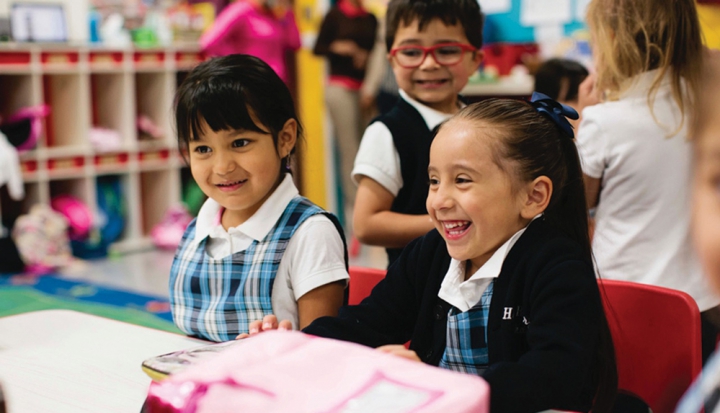


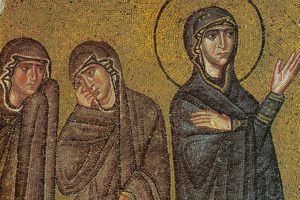
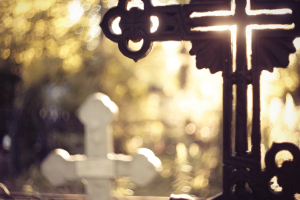





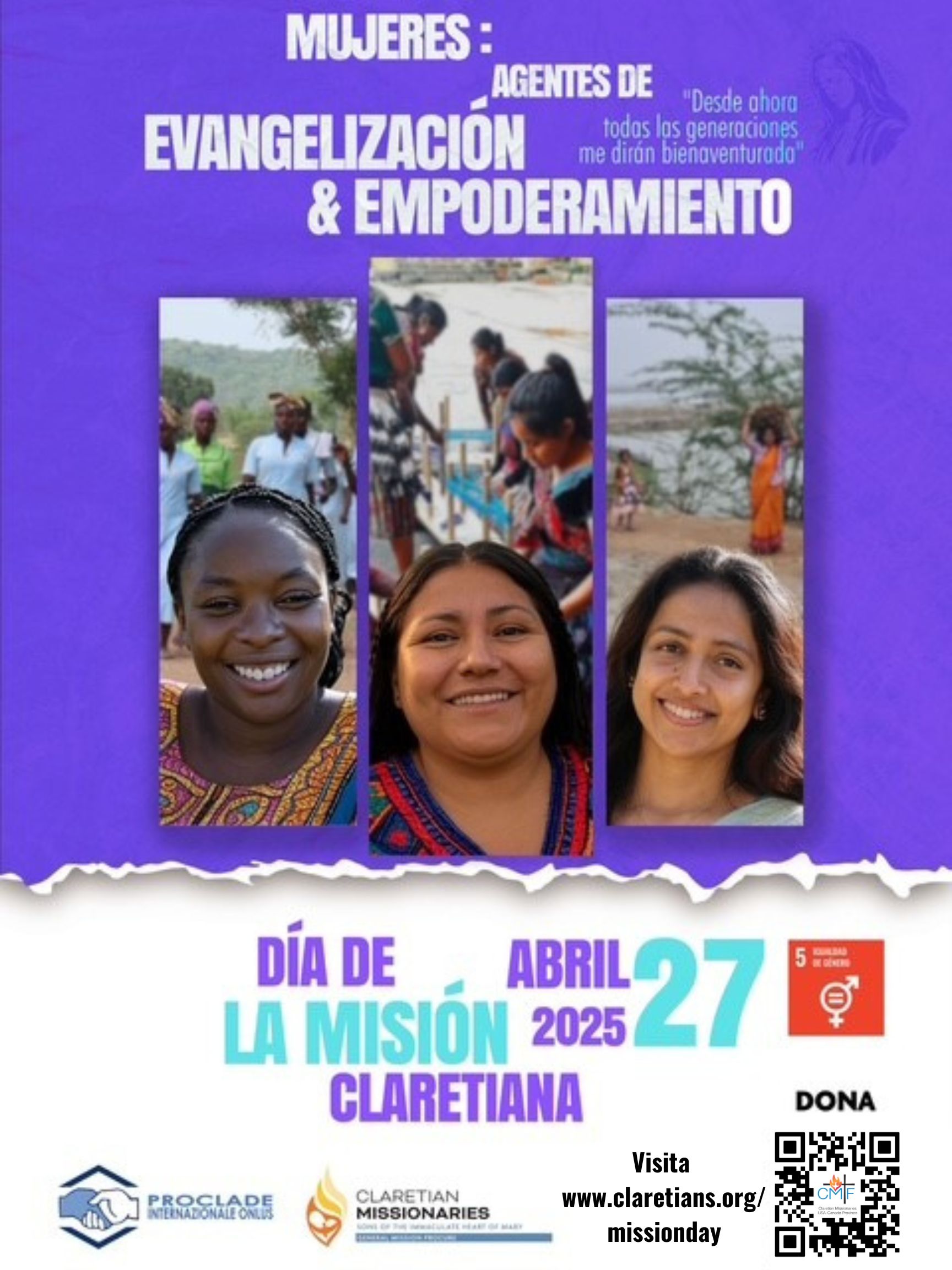
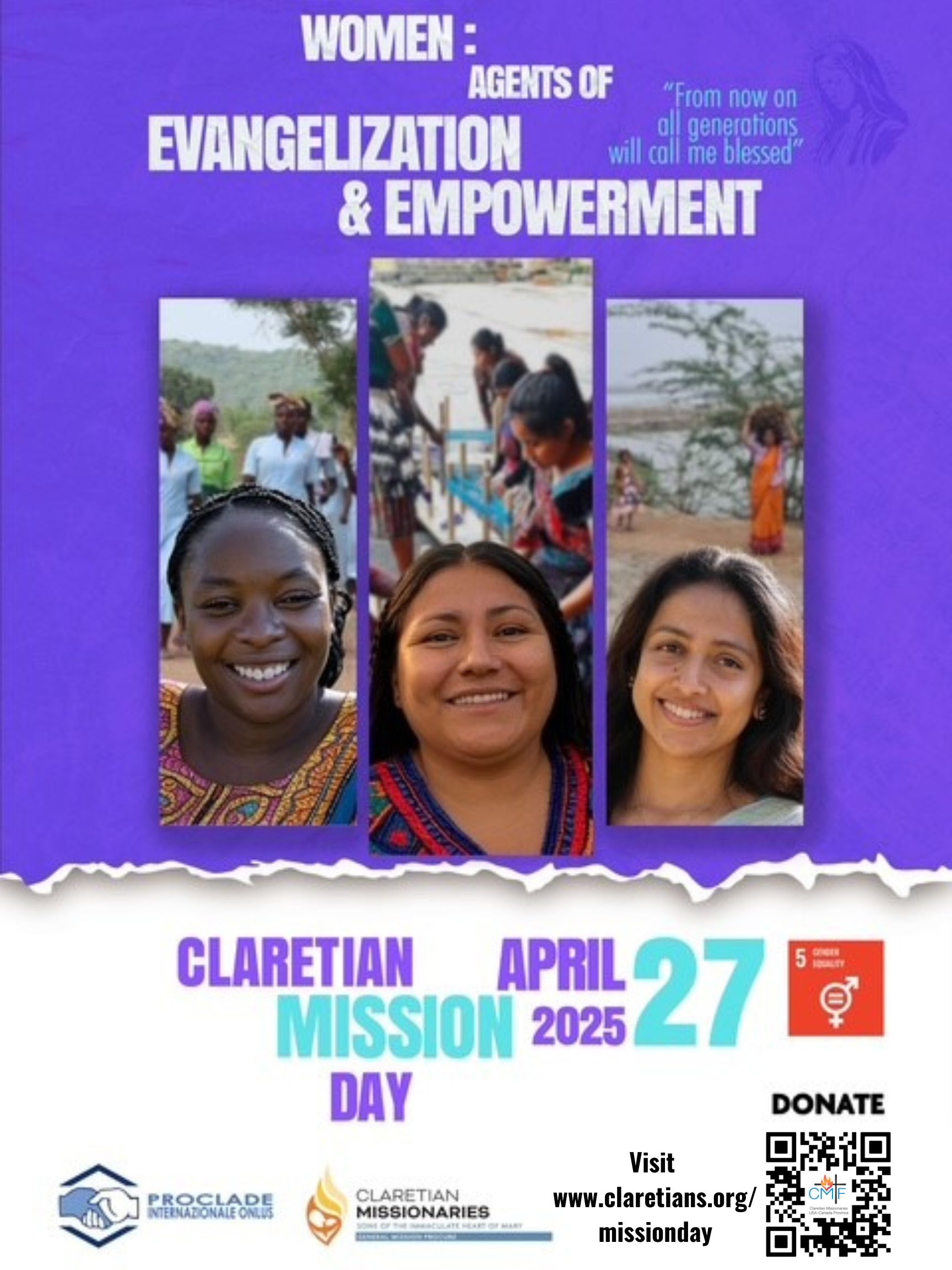
Add comment